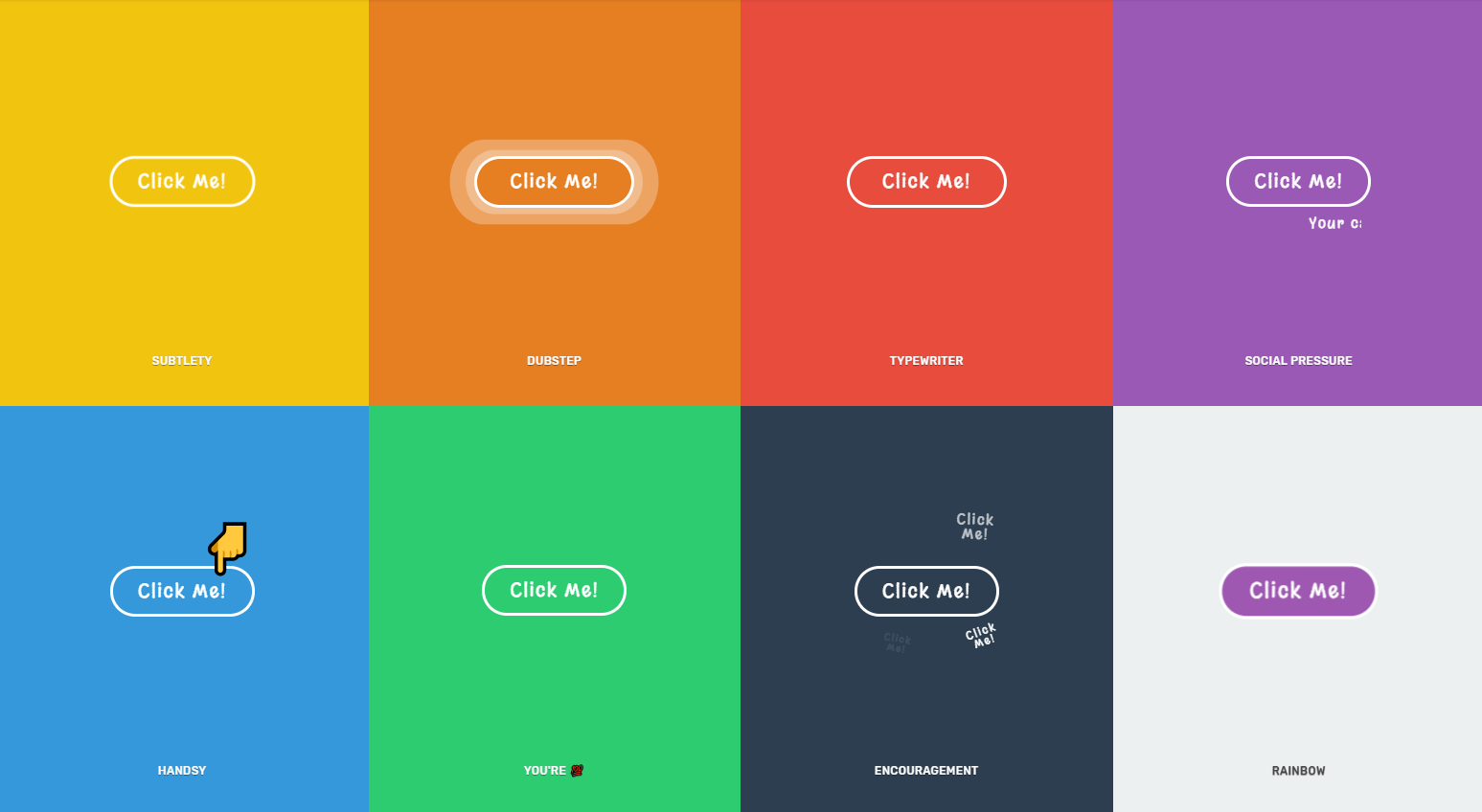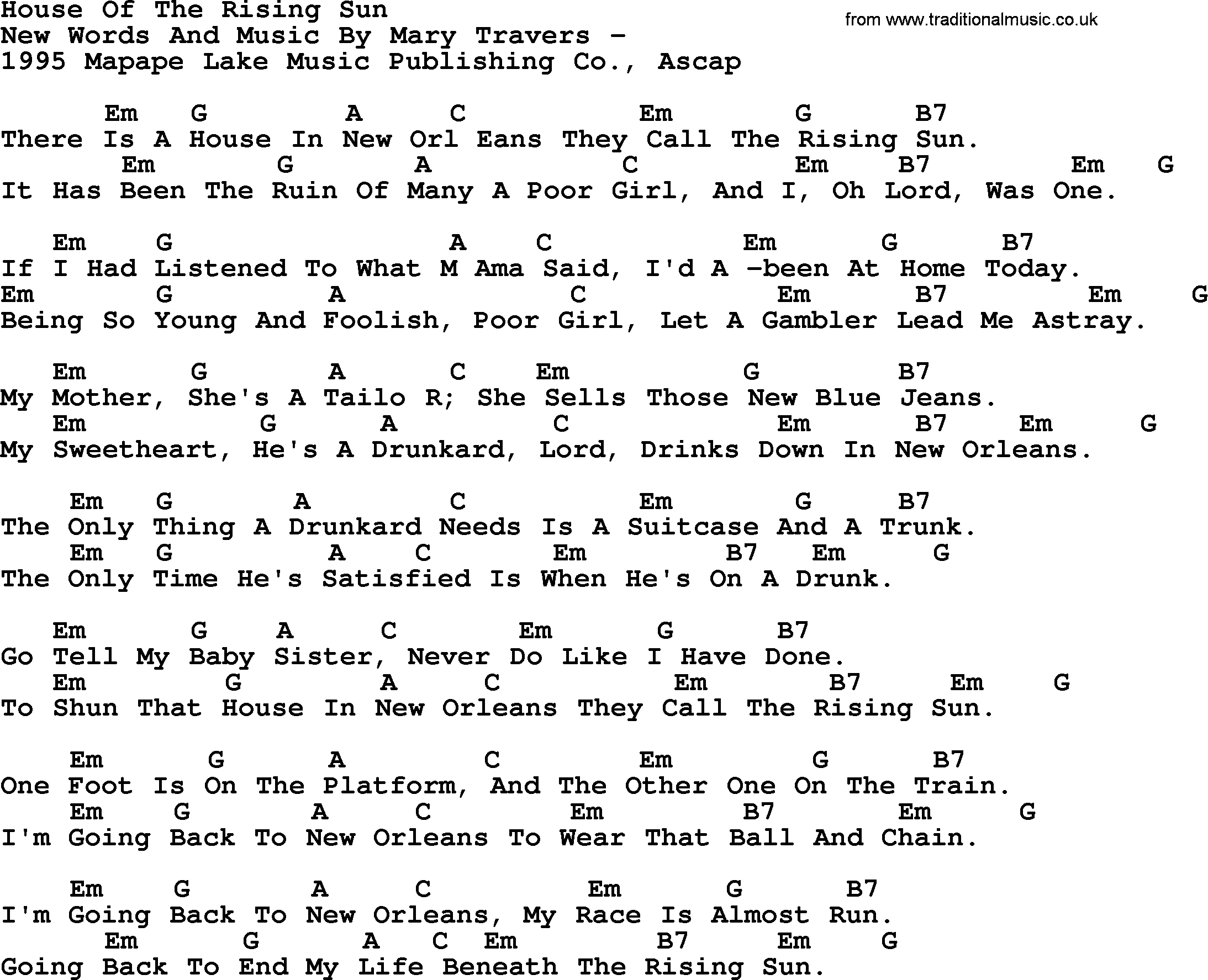Table Of Content

Using Gradients, Variables and Filters/Blending to create a really convincing aqua button as seen on Twitter. Capitalization is also a critical factor designers must consider. Google Material Design recommends using uppercase for languages that allow it, while UX Movement says to use sentence-style capitalization. Designer Taras Bakusevych recommends making UI elements a minimum of 48×48 pixels to avoid touch target errors.
UI kits that can take your button design to the next level

Ready-made collection of fully customizable widgets, UI screens and reusable components for Android coded with Jetpack Compose. This design system aimed to build highly loaded interfaces, boost the speed and save more costs. Figma library with 48+ dashboard templates based on reusable desktop app patterns carefully handpicked from the most popular web apps. Button Groups are often used to group navigation controls, or to provide users with a way to switch between different modes, or filter anything within an app section. Using a loading icon for a Button in UI design is a convenient way to indicate that the action requested is being processed.
Making the most of Buttons UI Design – Tips, states, usability, and inspiration

Offering users every single functionality on the same screen may sound like a good idea, but that’s a trap. People feel like they want to have all the options on their hands but in reality we don’t appreciate the wave of decisions to be made. As pointed out in both the paradox of choice and Hick’s law, giving users too many options will lead them to freeze and feel overwhelmed. Have contrasting colors in order to direct the user’s attention to the button, and to convey that the button is important.
Buttons inspiration
Use the opacity property to add transparency to a button (creates a "disabled" look). Never believe it when anyone tells you that microcopy isn’t important. Granted, a writer would defend that every word matters when it comes to getting a message across but it doesn’t make it any less true. Your button design wouldn’t be complete without the right microcopy to go with it. Everything in life has a few ground rules that should be taken into account. Button design is typical in that it looks fairly easy but comes with lots of seemingly small factors the designer must consider.
iPhone 16 Pro design: Leak shows Capture button is in the picture - BGR
iPhone 16 Pro design: Leak shows Capture button is in the picture.
Posted: Mon, 15 Jan 2024 08:00:00 GMT [source]
Follow Us
Better to have it always enabled, and if users didn't provide some required information just highlight the empty fields, or bring up notification. Being stuck on the screen for several seconds or minutes, trying to figure out why your progress is blocked by a disabled button and what you need to do bring this thing back to life). Disabled controls are used to indicate component is currently noninteractive, but can be enabled in the future. Disabled buttons are used because removing the button from its native location and revealing it in a later context could confuse users.
Tell users what each button does. Don’t make them guess.
The size of a button affects the user’s ability to find it and identify its purpose. On mobile, where buttons are tappable elements, size is much more than a visual cue. Contains 250+ components & 30 web app templates powered by stylish and trendy guidelines. Icons inside of buttons can be used to help quickly communicate what action the element will take.
Always provide feedback or risk user’s wrath
Just like all other elements, you don’t want users to take a long time to understand and decode any of the elements they see – the longer they take, the worse your usability is. The orientation of buttons has a big impact on user experience. The color contrast between the label and background is one of the biggest considerations for button accessibility. With UXPin’s built-in accessibility features, designers can test color blindness and contrast on the fly–keeping them focused in UXPin rather than turning to external tools. Designers must also be consistent with button sizes, fonts, icons, colors, border radius, whitespace, and other properties to create a familiar user experience that’s easy to navigate. Product teams agonize over every state, label, color, and rounded corner.
Our research finds a minimum hit area of 7mm by 7mm reduces the number of tap issues and makes it easier for users to navigate. The “pressed” state holds so much potential, so many possibilities. Some are mundane, some are astonishing, and some are so sinister that we can’t publish them here. We've launched the alternative ChatGPT clone dedicated to UI designers, UX researchers, writers and indiehackers. By clicking Submit button below I agree to get listed at Setproduct Figma community profile. Create impressive visuals with Figma's graphs templates – dozens of scalable and customizable data visualization blocks for dark and light modes.
Disabled Buttons
Different styles exist for the many actions site visitors can take, from ticking off options on a list to refreshing the page. Finsweet’s Accessible Form Filter Components site is a great source of accessibility-tested, clonable buttons for various needs. When users click or tap on the button, they expect that the user interface will respond with appropriate feedback. Based on the type of operation, this might be either visual or audio feedback. When users don’t have any feedback, they might consider that the system didn’t receive their command and will repeat the action. When you provide too many options, your users end up doing nothing.
Lighter blues can be used only as the button’s background color. In 2019 the OS Team at Wix decided to change the button hierarchy. When we first launched, our design system had buttons with text only in our primary CTAs.
According to psychologist Herman Ebbinghaus the first and last elements in a sequence are the easiest to memorize. This tendency is called the serial position effect and it’s used in UX design. Text is the primary element that explains the button’s intention. Verbs must tell the user what happens once a button is clicked so they can predict the next step. Users must easily understand which interface parts are static and which are clickable.
Marco strategically uses whitespace well to ensure the button stands out. If a customer is online shopping, a disabled “Add to cart” button will let them know the product is unavailable. If the button changes color when the shopper hovers over it, they know the button is ready for them to click.
This stamp is similar in design to the Celebration Blooms Forever stamp, also to be issued in 2024. This stamp features a vertical graphic illustration of brilliantly colored flowers rendered in ink and gouache paint. Derry Noyes, an art director for USPS, designed the stamp using an existing illustration by artist Kim Parker. The stamp features a portrait of Motley created by Charly Palmer.
A touch target of this size results in the physical size of about 9mm, regardless of screen size. The recommended target size for touchscreen elements is at least 7–10mm. Avoid using the same color for interactive and non-interactive elements. If interactive and noninteractive elements have the same color, it’s hard for people to know where to tap.
These CSS-powered buttons, generated seamlessly through user-friendly tools, serve as the persuasive nudge that transforms website visitors into active users. A well-crafted CTA button transcends its role as a mere button; it's a meticulously designed element strategically positioned to spark interest, ignite action, and ultimately drive conversions. Remember that buttons are not one-state objects and we should always provide feedback on the task the user is about to/has just performed. A particularly important time to reward user interaction is right before they click on a primary button to perform an important task, e.g. sign up to a newsletter or download a free trial. Contrast should be used to help users choose between different buttons. Who ever told you size doesn’t matter has never designed a mobile button.

No comments:
Post a Comment